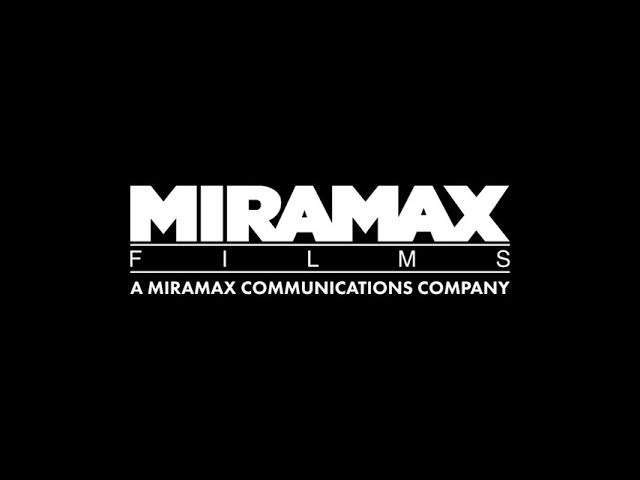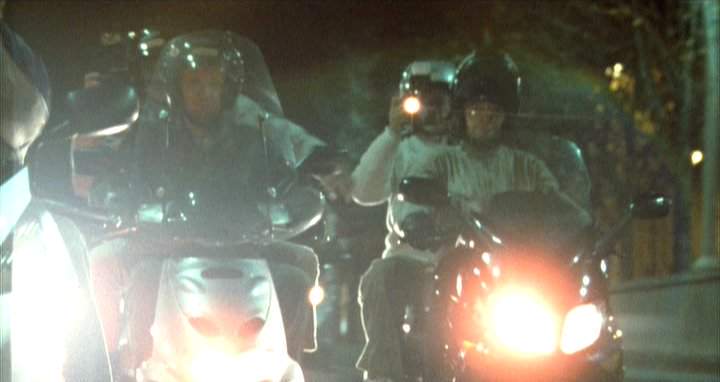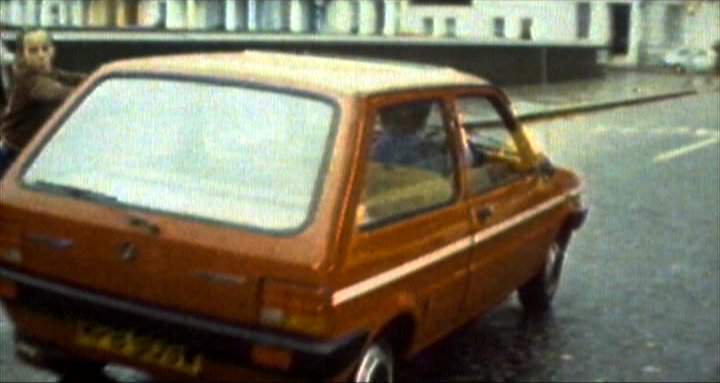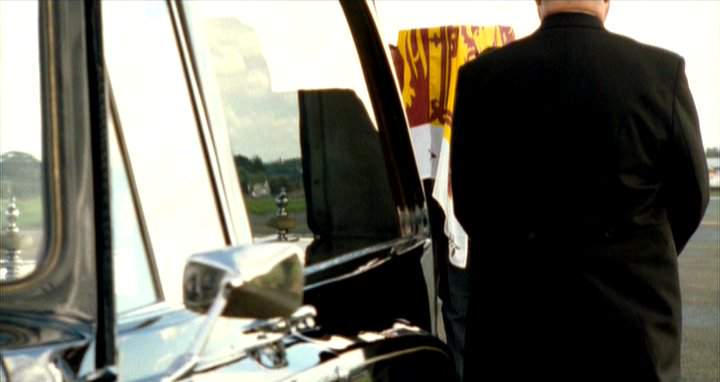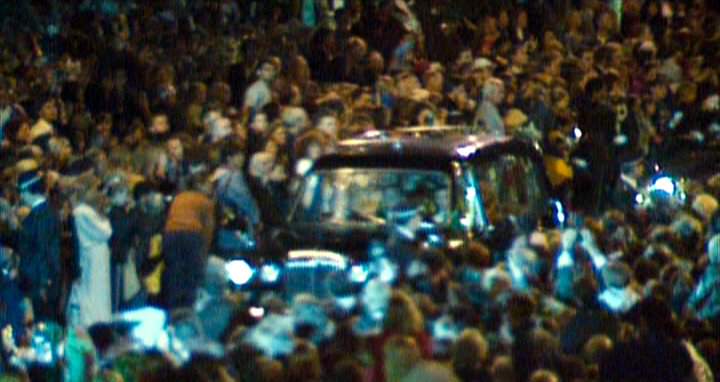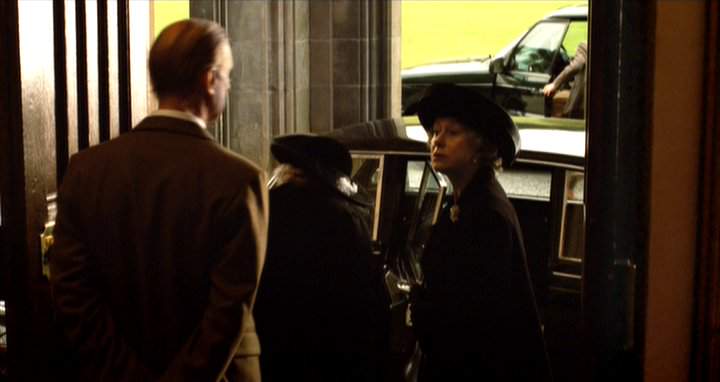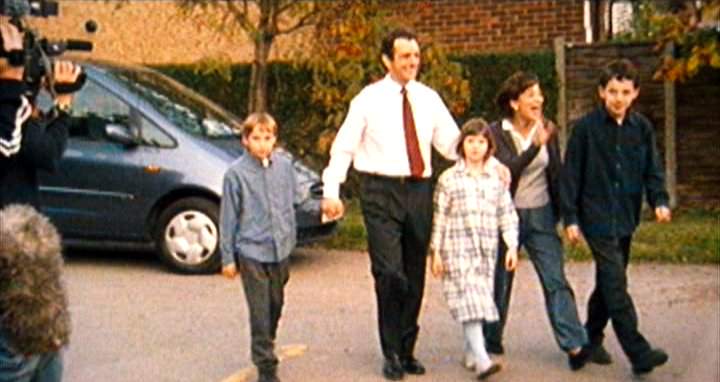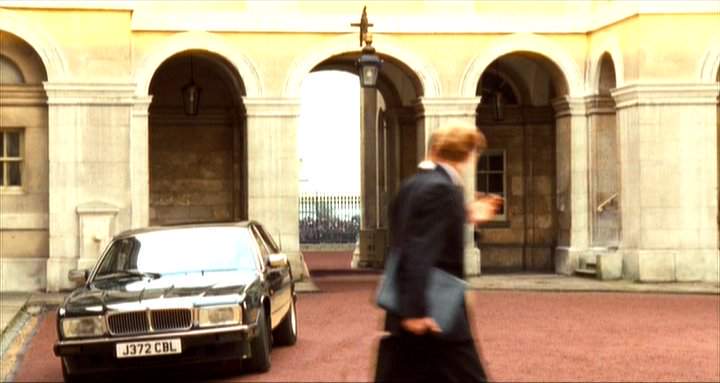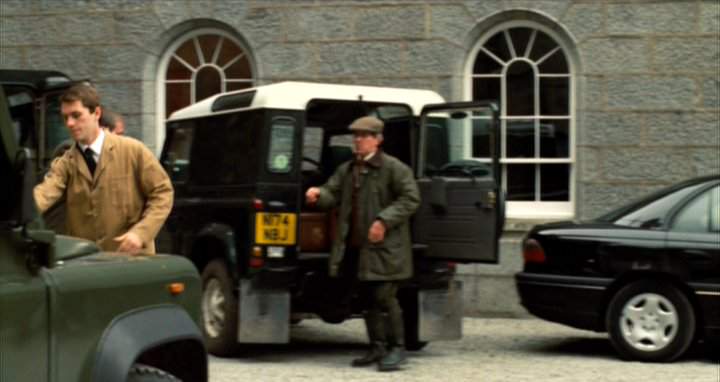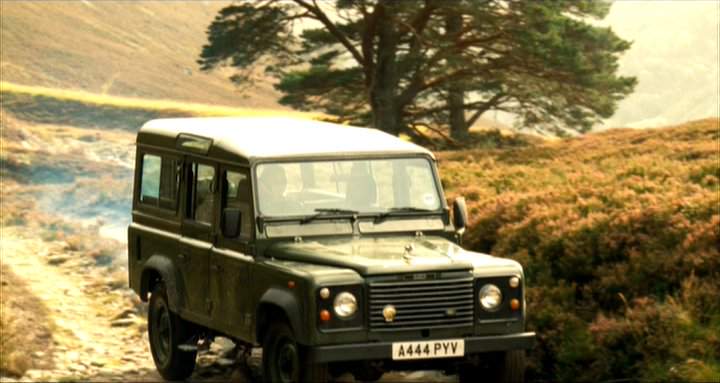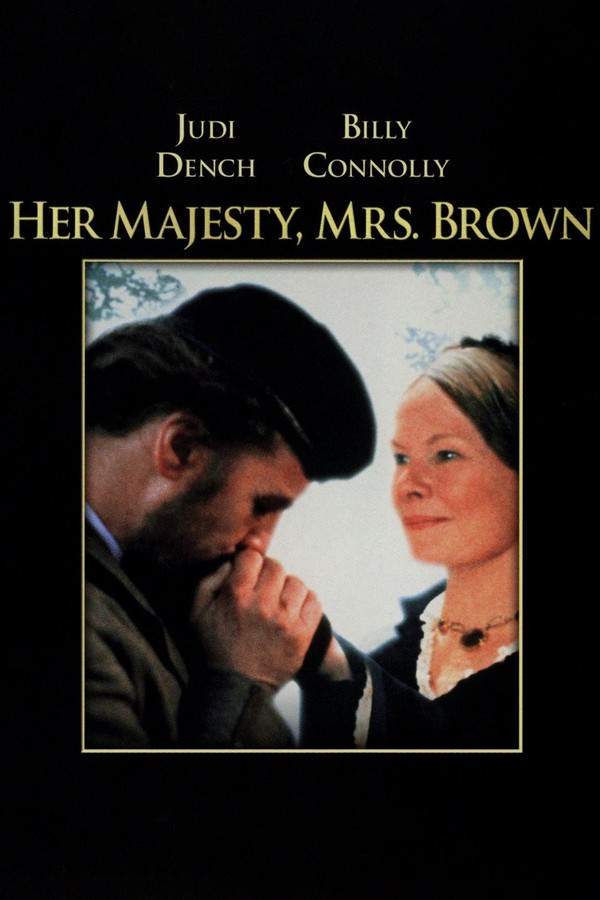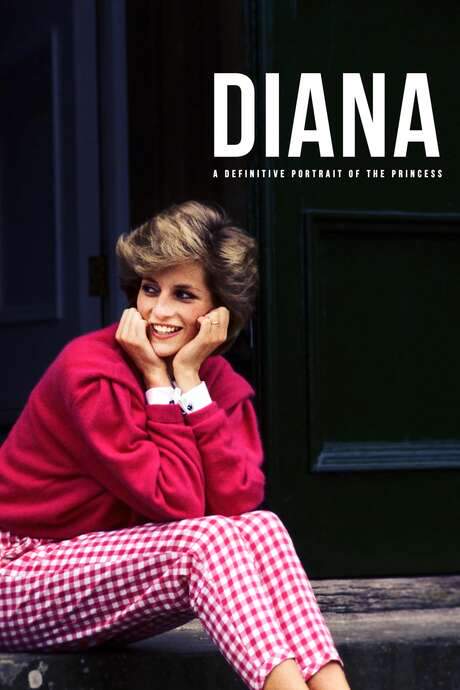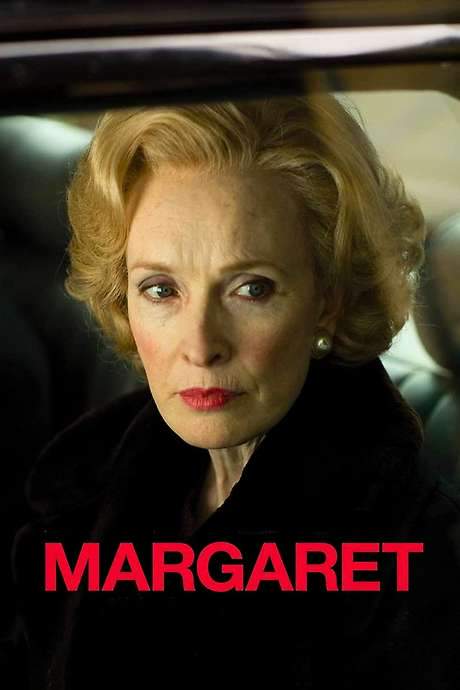The Queen 2006
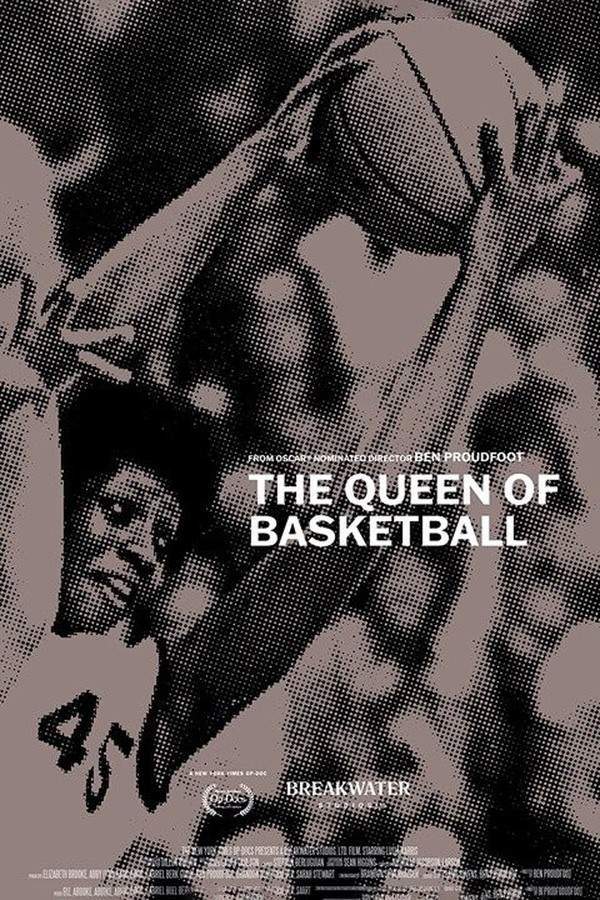
Following the sudden death of Princess Diana, Queen Elizabeth II and Prime Minister Tony Blair find themselves at odds as they grapple with the nation’s outpouring of grief. The Queen’s adherence to royal protocol clashes with Blair's desire to express public empathy, forcing them to confront the complexities of tradition and the profound impact of a national tragedy. The film explores their relationship as they navigate a period of immense public mourning and consider the role of the monarchy.
Does The Queen have end credit scenes?
No!
The Queen does not have end credit scenes. You can leave when the credits roll.
Meet the Full Cast and Actors of The Queen
Explore the complete cast of The Queen, including both lead and supporting actors. Learn who plays each character, discover their past roles and achievements, and find out what makes this ensemble cast stand out in the world of film and television.
External Links and Streaming Options
Discover where to watch The Queen online, including streaming platforms, rental options, and official sources. Compare reviews, ratings, and in-depth movie information across sites like IMDb, TMDb, Wikipedia or Rotten Tomatoes.
Ratings and Reviews for The Queen
See how The Queen is rated across major platforms like IMDb, Metacritic, and TMDb. Compare audience scores and critic reviews to understand where The Queen stands among top-rated movies in its genre.

90
Metascore
7.6
User Score

7.3 /10
IMDb Rating

70
%
User Score
Take the Ultimate The Queen Movie Quiz
Challenge your knowledge of The Queen with this fun and interactive movie quiz. Test yourself on key plot points, iconic characters, hidden details, and memorable moments to see how well you really know the film.
The Queen Quiz: Test your knowledge on the historical events and characters depicted in 'The Queen' (2006).
Who becomes the Prime Minister of the United Kingdom during the events of the film?
Tony Blair
John Major
Gordon Brown
David Cameron
Show hint
Awards & Nominations for The Queen
Discover all the awards and nominations received by The Queen, from Oscars to film festival honors. Learn how The Queen and its cast and crew have been recognized by critics and the industry alike.
79th Academy Awards 2007

Costume Design

Music (Original Score)
Best Picture
Writing (Original Screenplay)
60th British Academy Film Awards 2007
Best Film



Best Original Screenplay
Best Costume Design
Best Editing
Best Makeup and Hair
Best Original Music
Outstanding British Film
12th Critics' Choice Awards 2007
Best Picture


Best Writer
Full Plot Summary and Ending Explained for The Queen
Read the complete plot summary of The Queen, including all major events, twists, and the full ending explained in detail. Explore key characters, themes, hidden meanings, and everything you need to understand the story from beginning to end.
The story unfolds on the eve of the 1997 British general election, marking a significant moment as Tony Blair, portrayed by Sheen, becomes the first Labour Party Prime Minister in the UK after an 18-year hiatus. During a session for an official portrait, the Queen (Helen Mirren) expresses her feelings to the artist, revealing her disappointment in not having the right to vote. Although she holds a slight apprehension towards Blair’s commitment to “modernize” the country, Blair assures her of his respect for the monarchy’s autonomy. Following tradition when Blair visits Buckingham Palace to kiss hands, the Queen formally asks him to form a Government in her name.
The plot thickens three months later when tragedy strikes during a visit to Paris. Diana, Princess of Wales, is killed in a car accident in the Pont de l’Alma tunnel, alongside her companion Dodi Fayed and driver Henri Paul. The fallout from this event is immediate; Blair’s Director of Communications, Alastair Campbell, swiftly drafts a speech that famously labels Diana as “the people’s princess.” This phrase resonates deeply, igniting a surge of mourning across London, leading countless citizens to gather at Buckingham and Kensington palaces, leaving heartfelt tributes.
Meanwhile, at the Royal Family’s summer residence in Balmoral Castle, located in Aberdeenshire, Scotland, Diana’s passing creates a rift among senior royals. The Queen reflects on the circumstances: she is saddened yet maintains that since Diana’s recent divorce from Prince Charles (Alex Jennings), she is no longer a member of their family. This prompts the Queen to propose that the funeral remains a private occasion, meant for Diana’s own family, the Spencers. However, a conflicted Prince Charles expresses his grief, emphasizing Diana’s role as the mother of the future king, thus dismissing the Queen’s approach. Eventually, following discussions, the Queen agrees to utilize the Royal Flight for transporting Diana’s body back to Britain, and Charles ensures that her coffin is draped with a Royal Standard instead of looking like a mere “wooden crate.”
As the sea of floral tributes at the palace grows, the tabloid media begins to critique the Royal Family for their silence. Charles communicates with Blair, underscoring a shared belief that a more visible expression of grief is essential. Amidst these tensions, the Queen’s public approval ratings plummet, while Blair experiences a surge in popularity, much to the delight of his anti-monarchist advisors and his wife Cherie (played by Helen McCrory).
Despite the political advantage, Blair grapples with conflicting emotions. He respects the Queen and deems a Republican Britain as foolish. In a show of frustration, he rebukes his Labour advisors for their anti-royal sentiments, blaming Diana for undermining the monarchy’s standing. Eventually, he reaches out to the Queen with urgent recommendations aimed at restoring faith in the monarchy, which includes attending Diana’s funeral at Westminster Abbey, flying the Union flag at half-mast over Buckingham Palace, and delivering a live televised address honoring Diana’s legacy.
These suggestions provoke outrage among the Queen’s family, particularly with Prince Philip (James Cromwell) and the Queen Mother, who see such measures as capitulating to media frenzy. The Queen, while echoing their sentiments, begins to reconsider her position, affected by the shifting public sentiment. A conversation with her mother reveals her internal conflict, where the Queen realizes that she may need to adapt to changing values in society. The Queen Mother, however, reassures her of her vital role, famously stating, “The real problem will come when you leave.”
Amidst the emotional turmoil, Philip tries to divert his grandsons from their mother’s death through deer stalking. Meanwhile, during a solitary drive, the Queen faces a mishap with her Land Rover, leading her to a moment of vulnerability as she waits for assistance. During this time, she observes the majestic Red Deer stag, symbolizing her royal connection to nature, yet grapples with the sad reality of life and death.
In a climactic turn of events, the Royal Family returns to London, reflecting on the countless floral tributes lined up in front of the palace. The Queen delivers a poignant televised speech honoring Diana, acknowledging her as “an exceptional and gifted human being.” Two months down the line, Blair visits Buckingham Palace again for their routine meeting. While the Queen has restored her image among the public, she laments the lasting impacts of “that week.” She offers a cautionary note to Blair about the volatility of public opinion and acknowledges the necessity for the monarchy to evolve. When Blair proposes assistance with this transition, the Queen sternly reminds him, “Don’t get ahead of yourself Prime Minister. Remember, I’m supposed to be the one advising you.”
Uncover the Details: Timeline, Characters, Themes, and Beyond!

Coming soon on iOS and Android
The Plot Explained Mobile App
From blockbusters to hidden gems — dive into movie stories anytime, anywhere. Save your favorites, discover plots faster, and never miss a twist again.
Sign up to be the first to know when we launch. Your email stays private — always.
Watch Trailers, Clips & Behind-the-Scenes for The Queen
Watch official trailers, exclusive clips, cast interviews, and behind-the-scenes footage from The Queen. Dive deeper into the making of the film, its standout moments, and key production insights.
Cars Featured in The Queen
Explore all cars featured in The Queen, including their makes, models, scenes they appear in, and their significance to the plot. A must-read for car enthusiasts and movie buffs alike.
The Queen Themes and Keywords
Discover the central themes, ideas, and keywords that define the movie’s story, tone, and message. Analyze the film’s deeper meanings, genre influences, and recurring concepts.
The Queen Other Names and Titles
Explore the various alternative titles, translations, and other names used for The Queen across different regions and languages. Understand how the film is marketed and recognized worldwide.
Similar Movies To The Queen You Should Know About
Browse a curated list of movies similar in genre, tone, characters, or story structure. Discover new titles like the one you're watching, perfect for fans of related plots, vibes, or cinematic styles.
Quick Links: Summary, Cast, Ratings, More

What's After the Movie?
Not sure whether to stay after the credits? Find out!
Explore Our Movie Platform
New Movie Releases (2025)
Famous Movie Actors
Top Film Production Studios
Movie Plot Summaries & Endings
Major Movie Awards & Winners
Best Concert Films & Music Documentaries
Movie Collections and Curated Lists
© 2025 What's After the Movie. All rights reserved.


